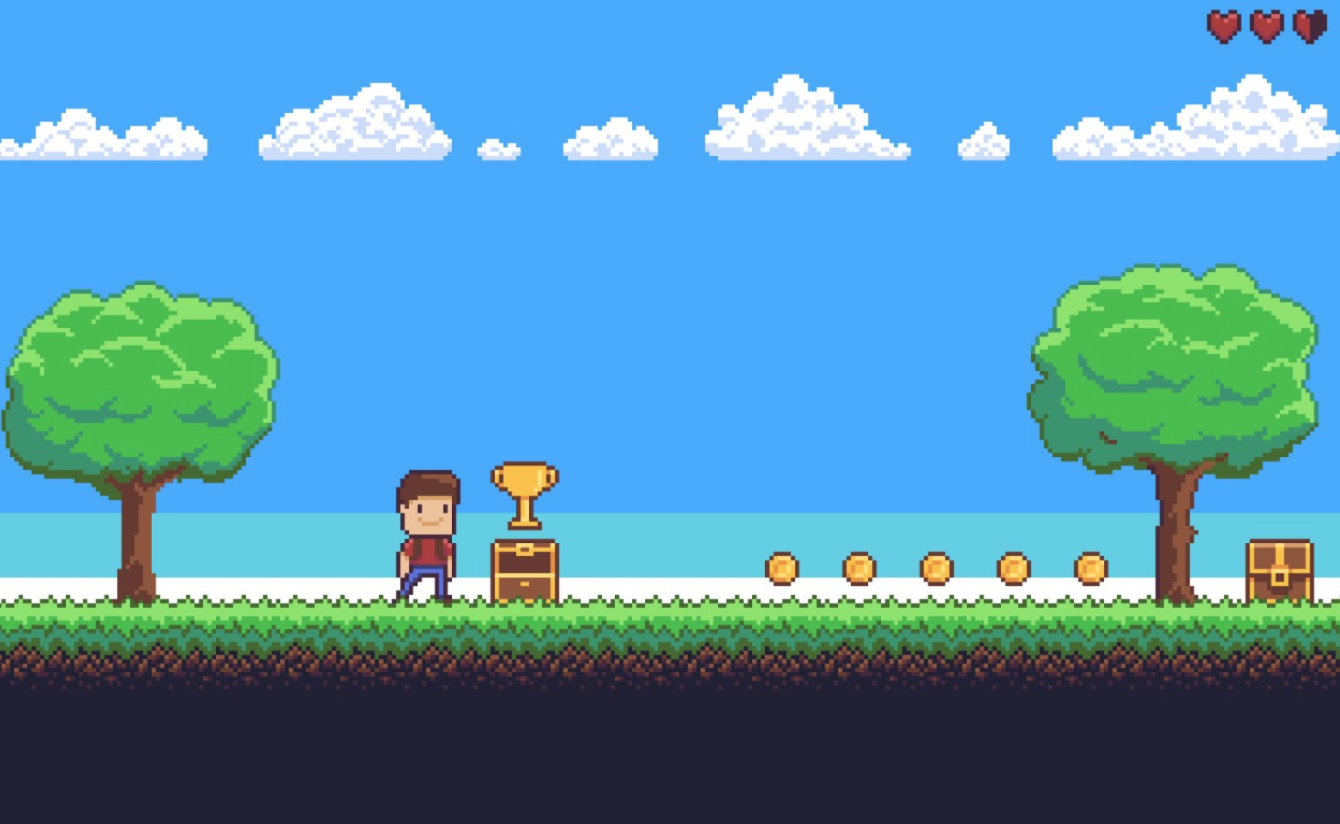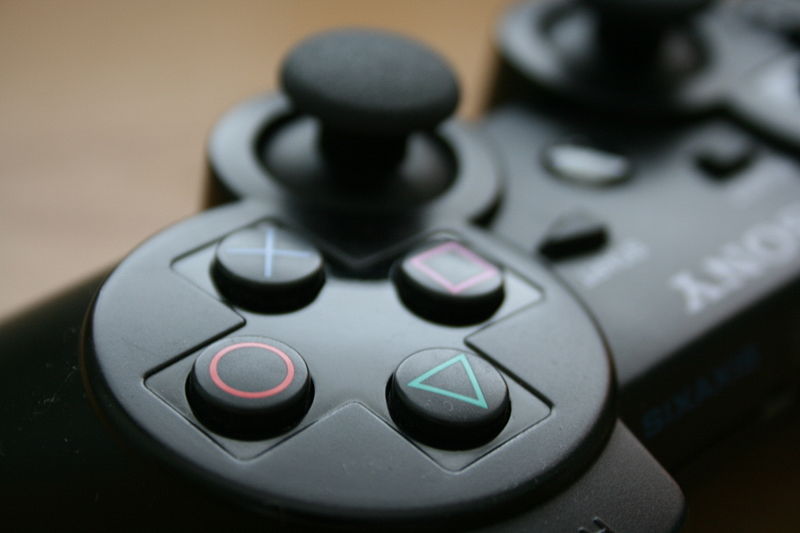A New Way to Play the Healthcare Game

If you want to know the direction that healthcare is headed in the near future, ask your kids which video games they’re playing today. The last year has seen an explosion of new approaches to solving healthcare problems, with many of them originating in the world of videogaming. The latest example is a brilliantly hacked Kinect gaming console that enables doctors in Toronto to virtually manipulate scans and retrieve information from medical imaging computers. It’s all part of a broader trend in the world toward the “gamification” of just about everything.
The “gamification” term took off last year after an electrifying “When Games Invade Real Life” talk at DICE 2010 by Jesse Schell, and has since been embraced by venture capitalists and Silicon Valley tech start-ups to describe their products and offerings. Some of the gaming elements are obvious – such as those ubiquitous badges you can pick up for doing almost anything (By walking your dog today, you just earned the Happy Canine Badge!). Gaming also includes setting up leaderboards for certain activities, thereby incentivizing certain competitive behaviors, or offering simple reward mechanisms for completing certain steps.
What’s exciting is that these gaming innovations are now feeding into the healthcare industry. For example, Virgin HealthMiles has a game-like system for rewarding employees who stay healthy. In fact, a recent PSFK Future of Health Report detailed more than 10 different ways that games are entering the healthcare mainstream. For example, Bayer has partnered with Nintendo (!) to create a game experience around checking blood glucose levels. XRKade health clubs offer real workouts while playing arcade-style games that involve dancing, biking, skateboarding and kickboxing. Nike and Adidas are experimenting with new ways to add a little social competition to provide extra motivation along the way. What’s particularly exciting is that these innovations are now impacting hardware, not just software. What started with simple devices like the FitBit are now starting to include more complex gaming platforms like Nintendo, Wii and Kinect.
The next time you visit your physician, think about the little ways that game-like mechanisms can “nudge” you to better behavior. Tired after just 15 minutes on the treadmill – what if you were competing with individuals as part of a massively multi-player game to generate electricity for your homes? Thinking about nibbling on some high-calorie snacks? Pass up this impulse buy and you’ve just earned 100 points. Don’t feel like going out for a run this morning? Connect online with someone in a different city and earn points for your favorite charity once you’ve completed your run “together.”
At a time when most of the talk about innovation in the health care industry seems to be focused on the computerization of health care information, now is an auspicious moment to extend our vision for health care innovation far beyond this by integrating game mechanics. The healthcare industry has always been a bit of a racket. Now let’s make it a game.




